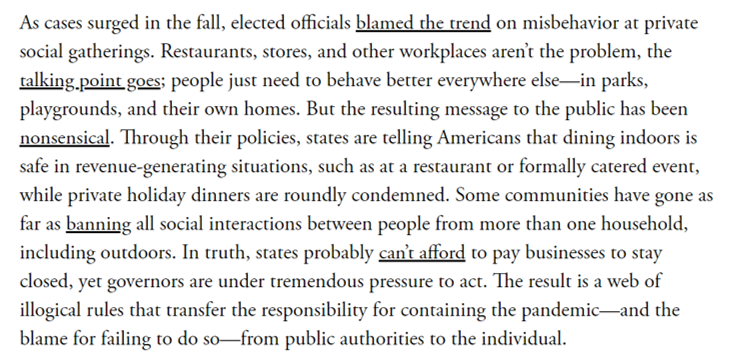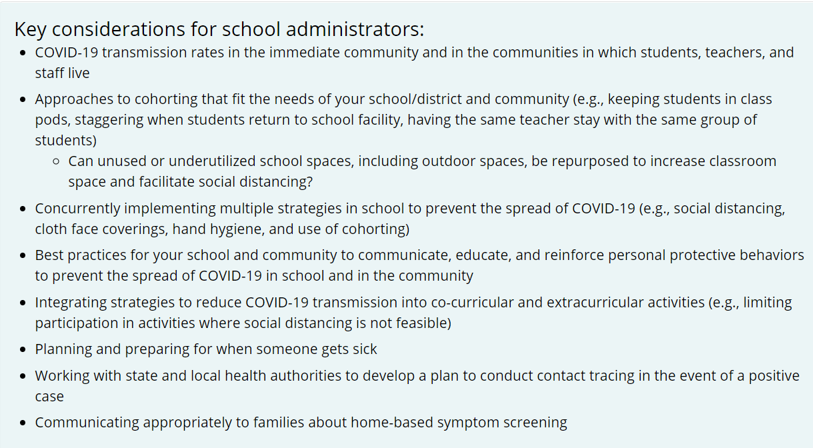
Infectious disease epidemiologist • Associate prof @harvardmed • HIV prevention researcher • Words @TheAtlantic (https://t.co/b0ev8cH1Va) • no $COI • she/her
How to get URL link on X (Twitter) App



 Structural inequities ensure that HIV prevention strategies are used least by those most in need. That's why incidence is *increasing* in young Black gay and bi men while stable or declining in other groups.
Structural inequities ensure that HIV prevention strategies are used least by those most in need. That's why incidence is *increasing* in young Black gay and bi men while stable or declining in other groups.


https://twitter.com/uche_blackstock/status/1277581998773751810?s=20


https://twitter.com/mugecevik/status/1257392347010215947?s=20